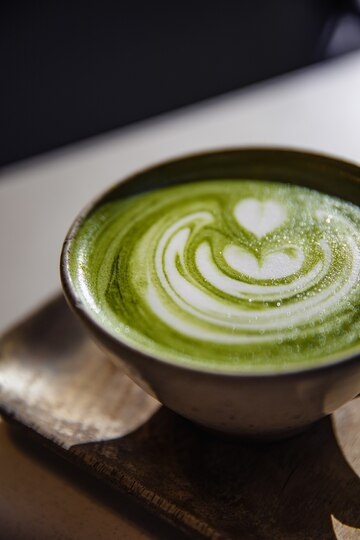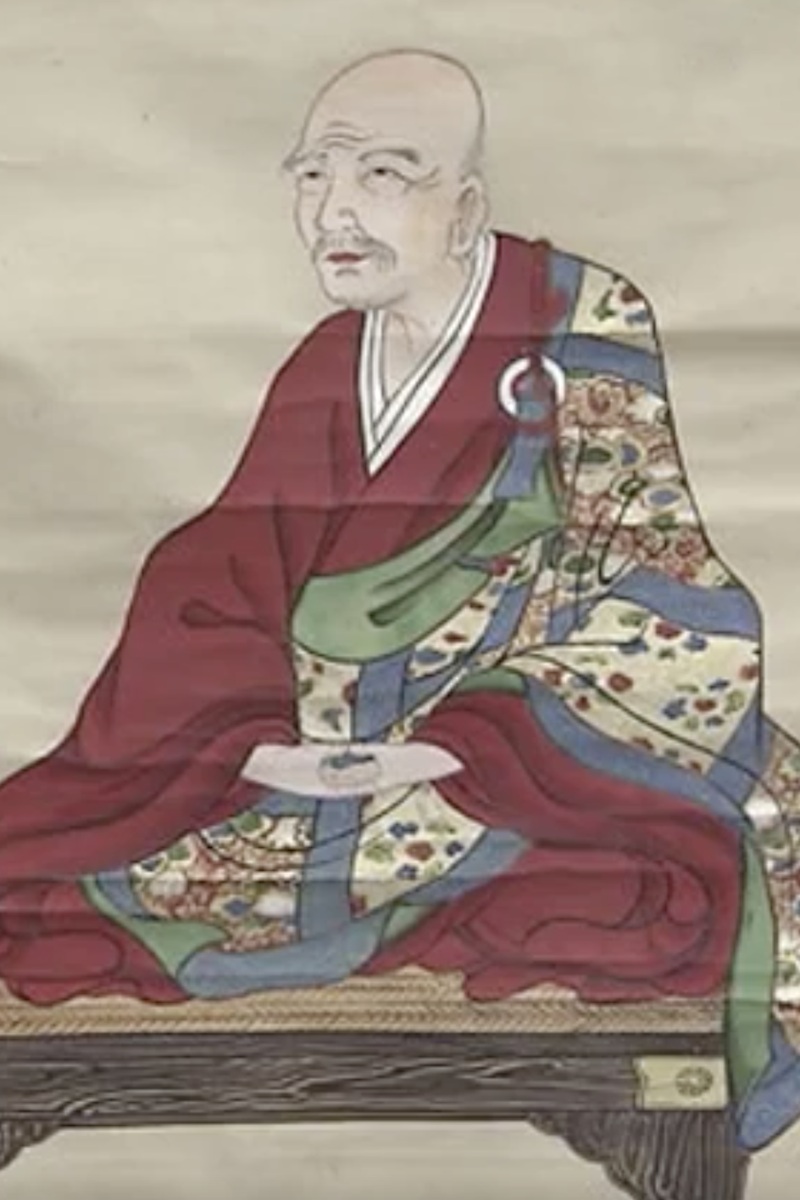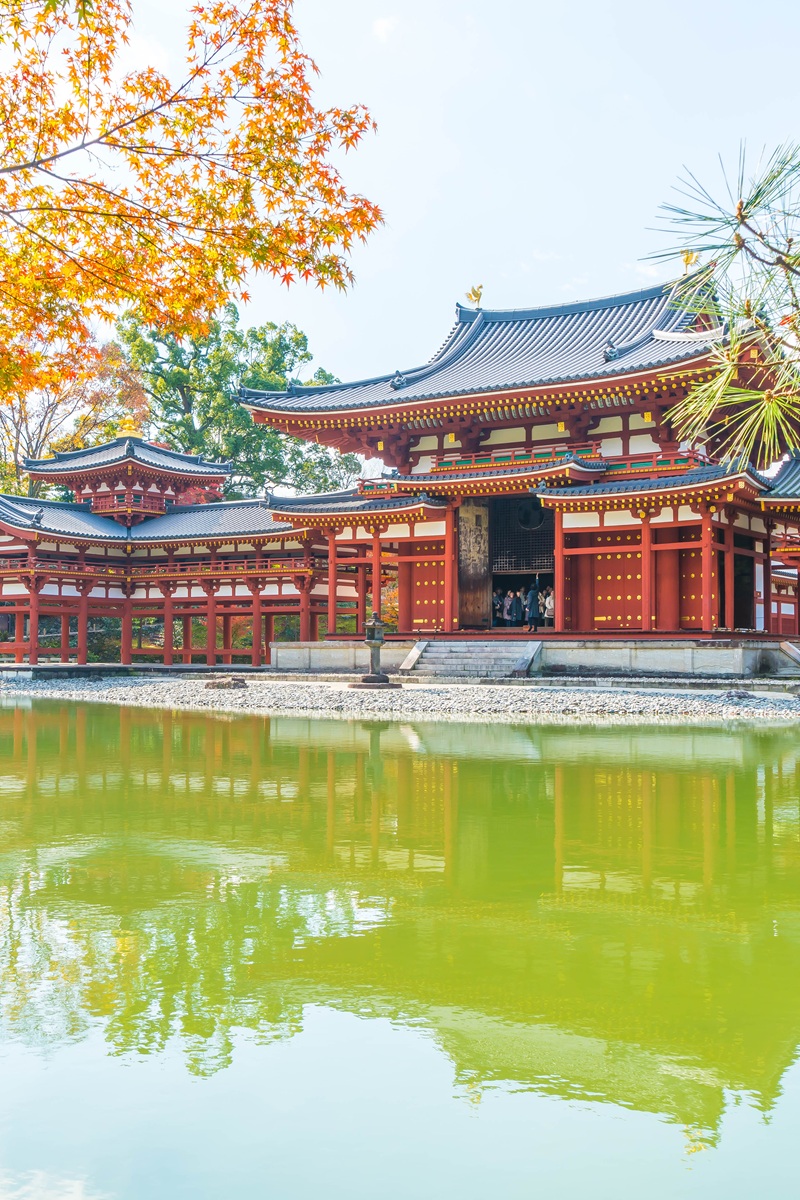Matcha: From Ancient Tea to a Global Beverage
Matcha: From Ancient Tea to a Global Beverage
Matcha: From Ancient Tea to a Global Beverage
Matcha is not just an ordinary green tea—it's an art form and a cultural heritage that has been passed down through generations in Japan. Before becoming the vibrant green powder we know today, matcha has a long and rich history intricately woven into the fabric of Japanese life since ancient times.
The Origins of Matcha
Although matcha is a symbol of Japan, its roots—as with all Japanese green tea—can be traced back to China. Two Japanese monks, Kukai and Saicho, first brought tea seeds and tea-drinking culture from China to Japan in the early 9th century. However, tea eventually fell out of favor until it was revived in the late 12th century by another monk named Eisai. He brought back not only tea seeds but also the Zen Buddhist tea preparation method from China. The seeds he planted grew into what would become the finest tea cultivars in Japan. The Chinese Zen-style method of preparing tea that he introduced laid the foundation for the Japanese matcha tea ceremony, which was further refined over the next several centuries.
Uji: The Capital of Matcha
After Eisai brought tea seeds back to Japan, they were first planted in the northwestern area of Kyoto. However, it was later discovered that tea plants required a more suitable climate. The cultivation was moved to the misty banks of the Uji River, located south of Kyoto. There, Uji tea—now known as the finest green tea in Japan—was born.
The Development of Tea Cultivation
Uji also became the birthplace of new tea cultivation techniques. Farmers discovered that shading the tea leaves before harvest improved their flavor by increasing amino acids and beneficial nutrients while reducing bitterness. This method, known today as “shading,” resulted in matcha’s rich, smooth taste and its renowned health benefits.
The Art of the Tea Ceremony
The matcha tea ceremony continued to evolve, reaching its mature form in the 16th century thanks to Sen no Rikyū, a tea master who revolutionized the practice known as “chanoyu.” He introduced the philosophy of wabi-sabi, which emphasizes simplicity, tranquility, and the beauty of imperfection.
Rikyū laid the groundwork for chado (also spelled sado), meaning “the way of tea.” He simplified the ceremony, replacing ornate utensils with humble, imperfectly shaped pottery and moved the setting from grand venues to small, serene tea rooms.
Rikyū’s philosophy continues to shape the Japanese tea ceremony today, emphasizing four core principles:
- Wa (和) – Harmony
- Kei (敬) – Respect
- Sei (清) – Purity
- Jaku (寂) – Tranquility
Matcha: From Ceremony to Modern Lifestyle
Originally an essential part of the tea ceremony, matcha served as a medium for mindfulness and the graceful etiquette of Japanese culture. Today, matcha has gained global popularity and evolved into a lifestyle beverage. From matcha lattes and matcha smoothies to an array of matcha-infused desserts, its distinctive umami, subtle bitterness, and vibrant green freshness now complement ingredients like milk, cream, cheese, sugar, and various flours in countless delicious ways.
Conclusion
Matcha is more than just tea—it’s a reflection of Japan’s meticulous culture. Those who experience authentic matcha from its renowned growing regions will discover not just a difference in taste but the depth and spirit of a tradition that spans over a thousand years. Far beyond a trendy drink, matcha remains a cherished cultural legacy that continues to captivate people around the world today.






_0.jpg)
_0.jpg)
_0.jpg)